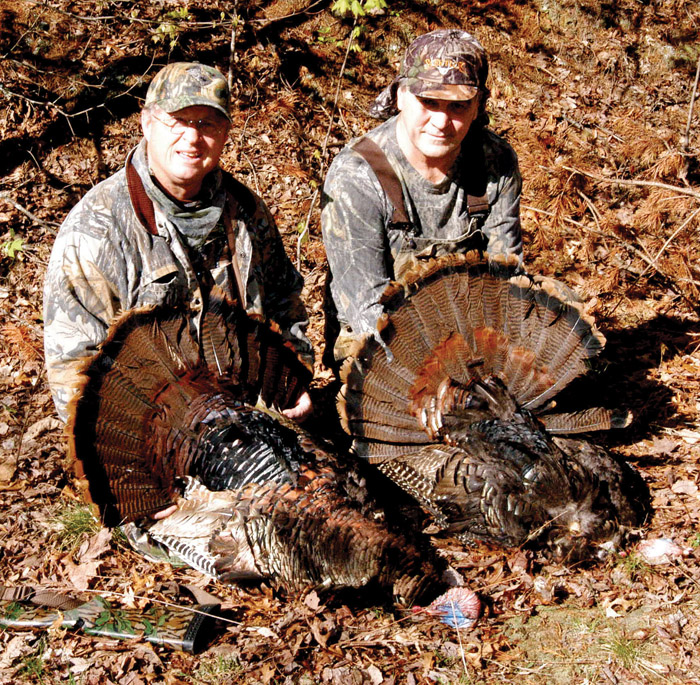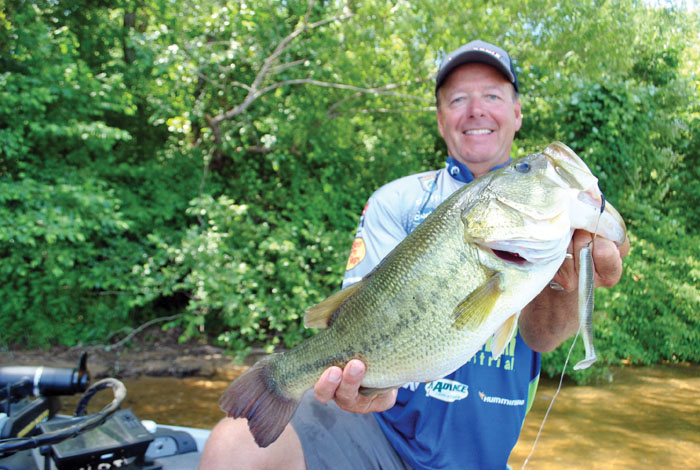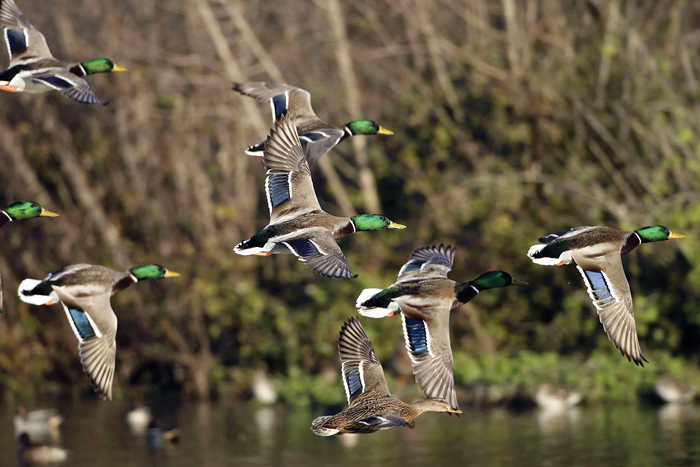Capt. Gus: Boat wakes make bumps
Published 12:00 am Friday, May 20, 2011
Last weekendís steady stream of boats traveling up and down Lake Normanís main river channel was a challenge, even to experienced mariners.
In addition to navigating through a maze of boats at speed, the helmsmen had to safely maneuver through the large waves created by the wakes of passing vessels.
Boat wakes come in all sizes, as do the boats that create them. To some who may not be aware, the V-shaped waves widen, swell and have a tsunami-like effect on passing vessels and eventually on the shoreline.
Wakes created by passing boats can take the fun out of an afternoon cruise, especially when the pounding gets so severe that it rattles teeth and spills drinks or knocks them from cup holders.
Worse yet, large wakes have swamped boats, done bodily harm to passengers and even separated cross-members from the hull of boats. So what can one do to minimize the negative effects of boat wakes?
When possible, avoid high traffic and wake prone areas similar to the main river channel between markers 6 and 11 during weekends and holidays.
Regardless, sooner or later a large wave will appear. The first course of action is to warn the passengers and slow the vessel. Donít stop the boat, since some forward momentum is needed to hold course when the wave hits.
Avoid taking the wave head on. By approaching the wake at a slight angle, the jarring or rocking effect will be minimized, and crew and equipment will be less susceptible to harm.
In rough water situations, ask that passengers sit and face forward. Additionally, since the bow of the boat takes the brunt of the pounding, require that everyone sit amidships or as near the stern as practical. Regardless of water conditions, do not allow anyone to sit on the bow with legs and feet dangling over the side.
There are times when you come upon a slow moving vessel ahead of you that is pulling a large wake. To pass, lay back a safe distance, choose which side to pass and turn your boat at a 45-degree angle.
Maintain speed until the wave is reached, then slow to a speed that slightly exceeds that of the wake you are crossing. As the bow passes its crest, increase speed slightly to avoid falling into the trough of the wave. Once the stern clears, increase speed and get back on course.
And here is a plea to any vessel pulling a large wake. Remember the little boats.
Norman is a lake, not an ocean. Most boaters are trying to relax and simply enjoy a leisurely family boat ride and are not out there to be rocked and rolled by another boatís wake.
Upcoming events
Free Fishing Seminar: ěHow to Catch White Perchî will be held at Gander Mountain, Exit 36, Mooresville, at 6:30 p.m. Wednesday. Jake Bussollini and I will conduct the session. Bring the entire family to this informative and entertaining seminar. For more information, call 704- 658-0822.
Tips from Capt. Gus
Boat wakes travel long distances, so doesnít be surprised when you encounter a rogue wave in open water. Also, be reminded that the shallow water increases wake size.
Hot Spot of the Week
Bass fishing is very good in boat basins at dawn and dusk and around docks and deep brush piles throughout the day.
Blue cats are hitting fresh cut bait in coves and on shallow points. White perch are hitting shiny lures and small minnows at depths to thirty feet. Best bets for white perch are Reed, Mountain and Stumpy Creeks.
The surface water temperature varies by location, but is mainly in the 60s and 70s in open waters not affected by power generation. The water level is about 2.2 feet below full pond on Lake Norman and 2.7 feet below full pond on Mountain Island Lake.
Capt. Gus Gustafson of Lake Norman Ventures is an outdoor columnist and a full-time professional fishing guide on Lake Norman. Visit his web site, www.Fishingwithgus.com or call 704-617-6812.




